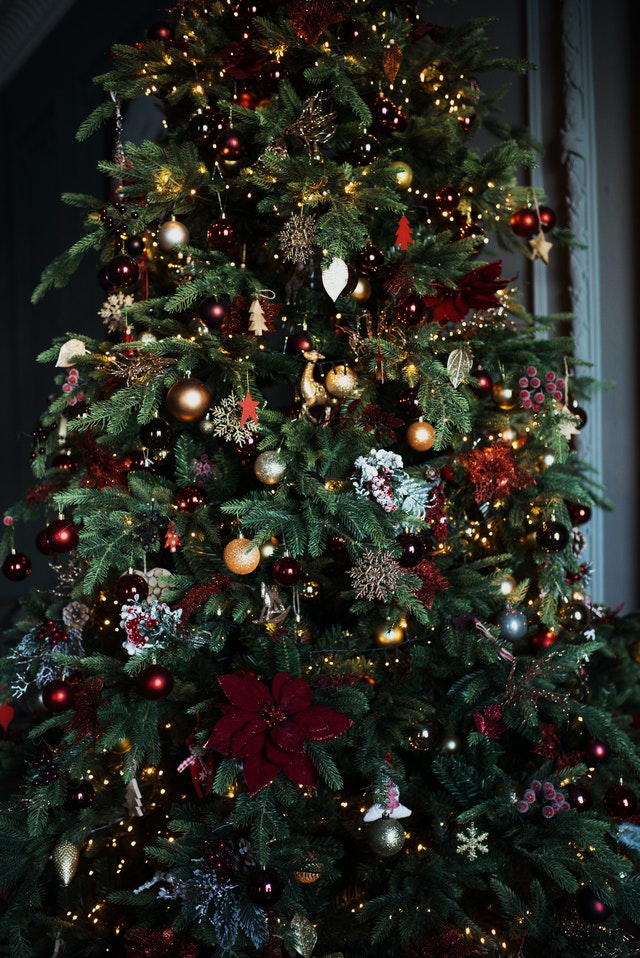The Better Lawn Blog
Insight and industry knowledge on all things important to your lawn.
From landscaping tips to fun ideas for yard play, we cover a wide range of meaningful topics on our blog page.
Planting A Live Christmas Tree
December 16, 2015
For those of us who want to spread Christmas cheer but cannot – and for everyone’s sake, should not – sing loud for all to hear, Fairway has the solution for you in the form of a living Christmas tree! If you bought – or are planning to buy – a living Christmas tree this holiday season, we want to help keep the spirit (and the tree) alive. In order to accomplish this, you need to know the following:
Pick the perfect tree. Find a local tree farm or nursery that has living Christmas trees. It’s very important to know the tree is native to your region. If you live in Alabama and try to plant a tree that’s indigenous to Michigan, the tree won’t be able to adapt. So stay local. Container-grown trees are best for planting after Christmas is over, but ensure it can fit in your home.
Prepare your yard. Before a freeze sets in, choose a spot you know receives a good amount of sun and dig your hole, allowing plenty of space for the tree to grow. When it comes to the width of your hole, the wider the better, using straw to fill the hole until you plant. Two stakes on opposite sides of the hole should be enough to support the tree once planted.
Plant. Move the tree from indoors to a cold environment like a porch or garage for up to 4 days before planting to avoid shock. Spread the roots and prune as needed. Remove straw and replace with water and dirt eliminating any air pockets. Mulch with just a few inches of that straw you removed mixed in with ground leaves. Attaches to the stakes, and water as the weather thaws. Fertilize as spring approaches and continue to water through the seasons.
